Introduction to calcium imaging lab
🧠
Daniel Fürth
Assistant professor
SciLifeLab/Uppsala University
🔗 furthlab.xyz
@furthlab
based on material by Ashley Juavinett’s
Allen Institute Data Lesson Plans
Calcium imaging

Calcium imaging
🧠 Topics
- Explain how two-photon imaging works
- Identify underlying calcium signals in the cell
- Introduce applications of in vivo two-photon imaging
What do neuroscientists want to do?
Goal:
Observe structure and/or function in identified cells in the brain
Problems:
- Brain tissue is opaque and light scattering
- We need a way to mark specific cells
Cre driver lines
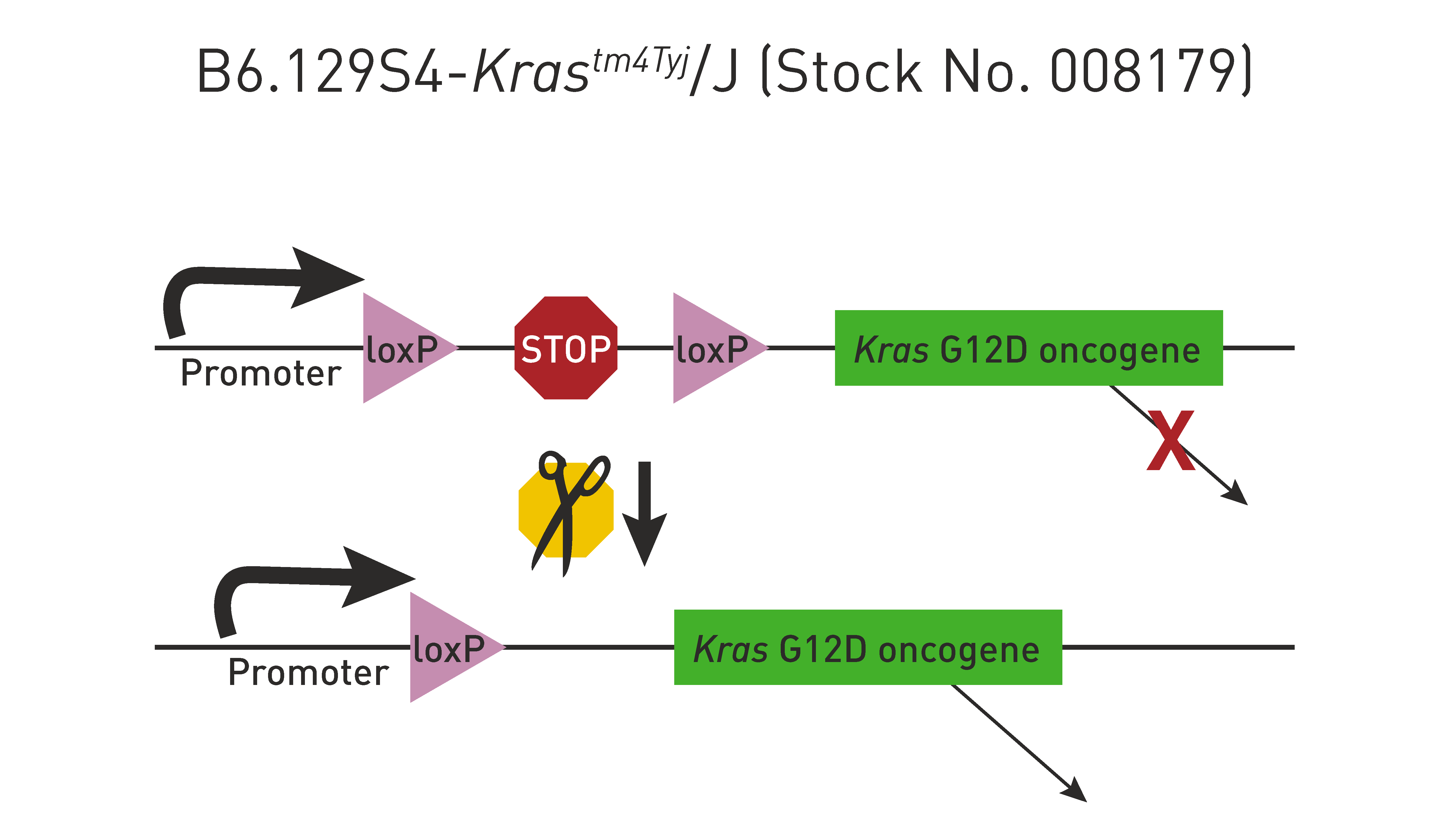
- The Cre/lox system can also be used to produce strains in which a transgene is either inducible or expressed only in certain tissues.
Cre driver lines
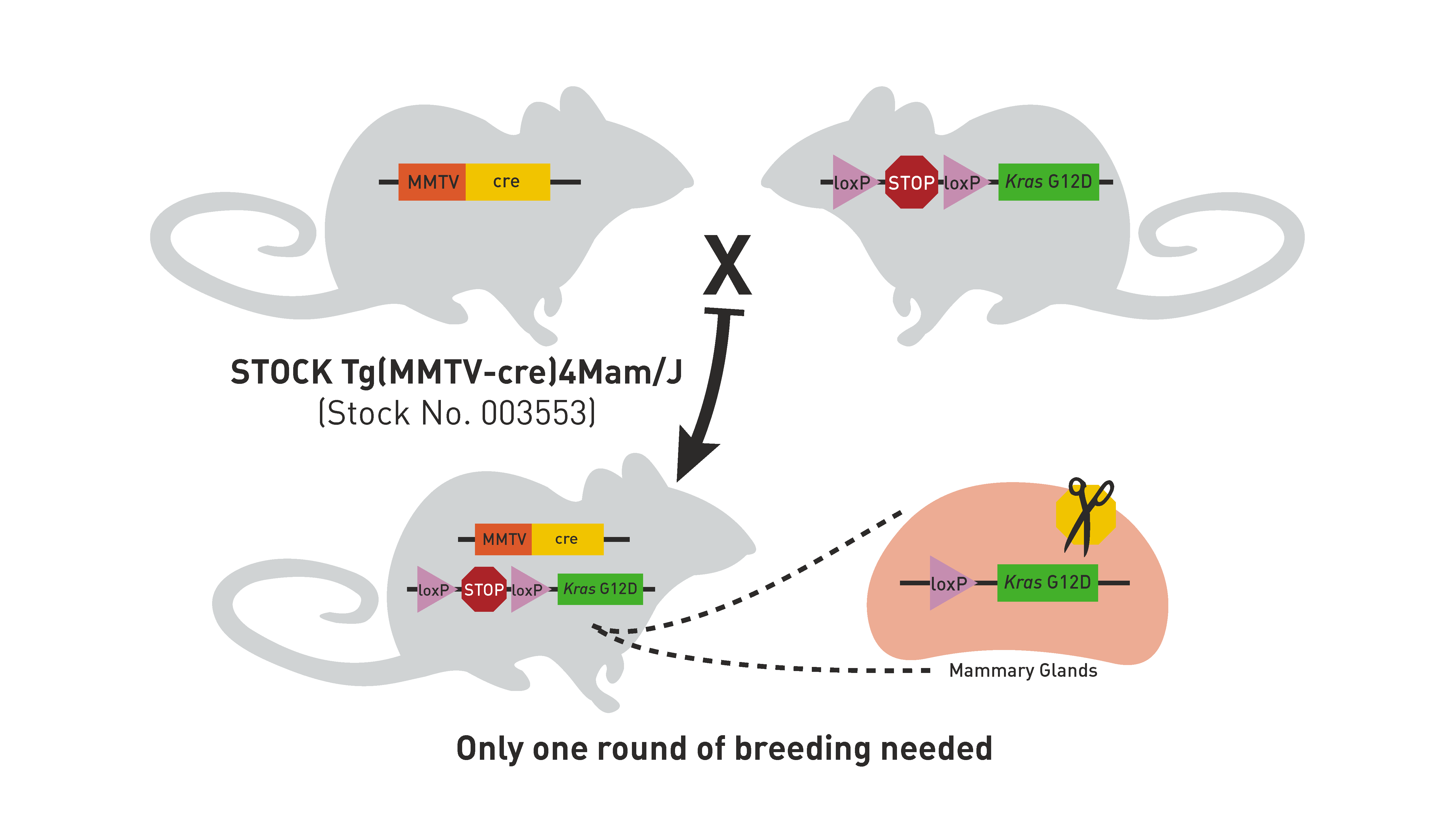
MMTV is expressed mainly in mammary glands.
Cre driver lines
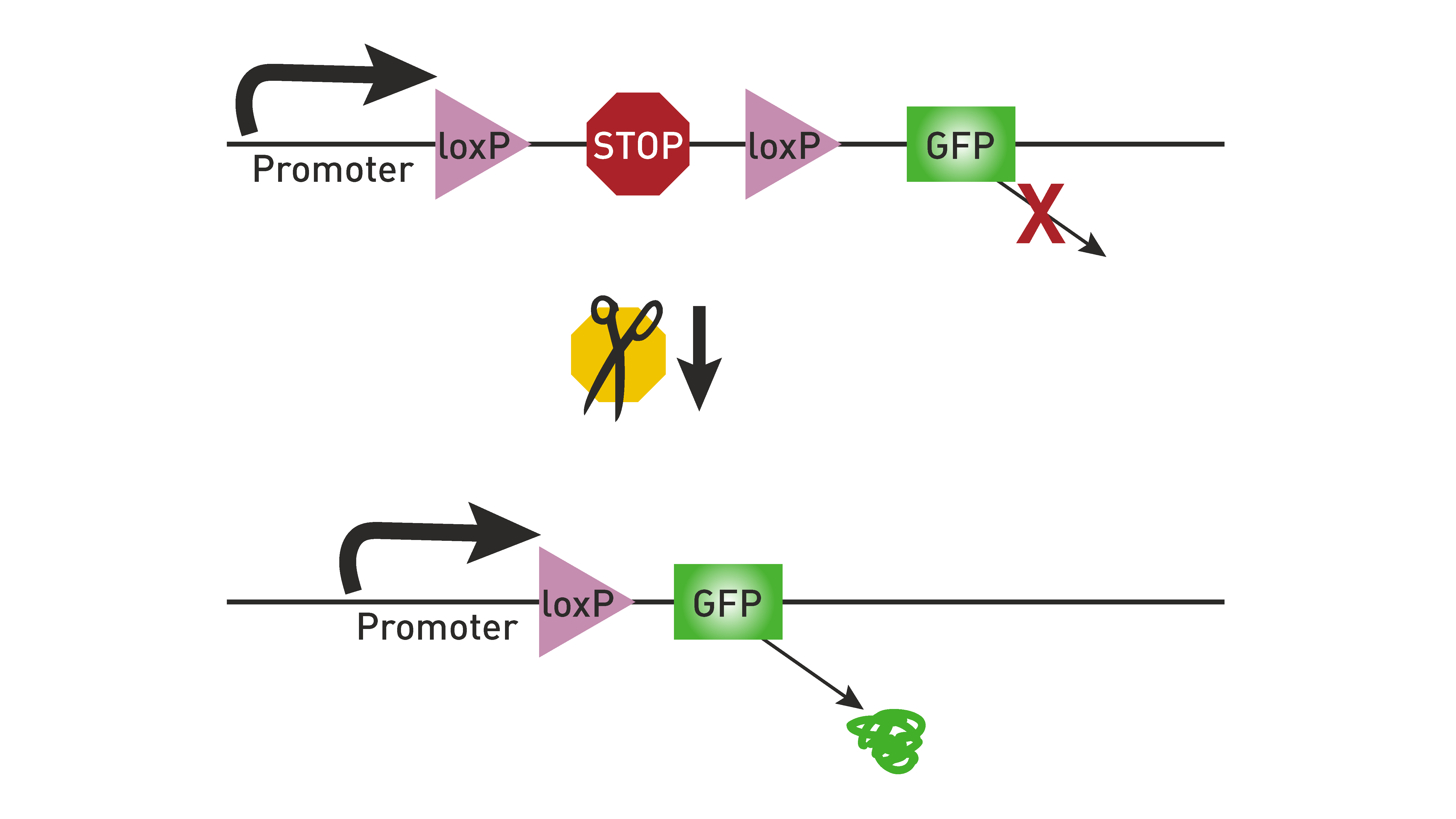
Researchers needed way to confirm that Cre recombinase was active only in certain tissues.
This need led to the development of Cre reporter strains.
Express a visible marker, such as green fluorescent protein (GFP) or LacZ, only after Cre recombinase excises a loxP-flanked stop sequence
Cre driver lines
Recombinase: enzyme that catalyse site-specific recombination events within DNA.

Cre proteins recognize a loxP site and bind to it, forming a dimer.
Two Cre-loxP dimers come together to form a tetramer, bringing the two loxP sites together with opposing directionality.
dsDNA cleavage occurs in the center of the loxP site and a crossover event occurs
Cre driver lines

DIO: Double-floxed gene with Inverted Orientation.

DIO vector: a Double-floxed gene with Inverted Orientation.
Inversion occurs via either loxP or lox2272, followed by the excision of two lox sites.
The DIO vector turns on gene expression only in the presence of Cre.
Cre driver lines
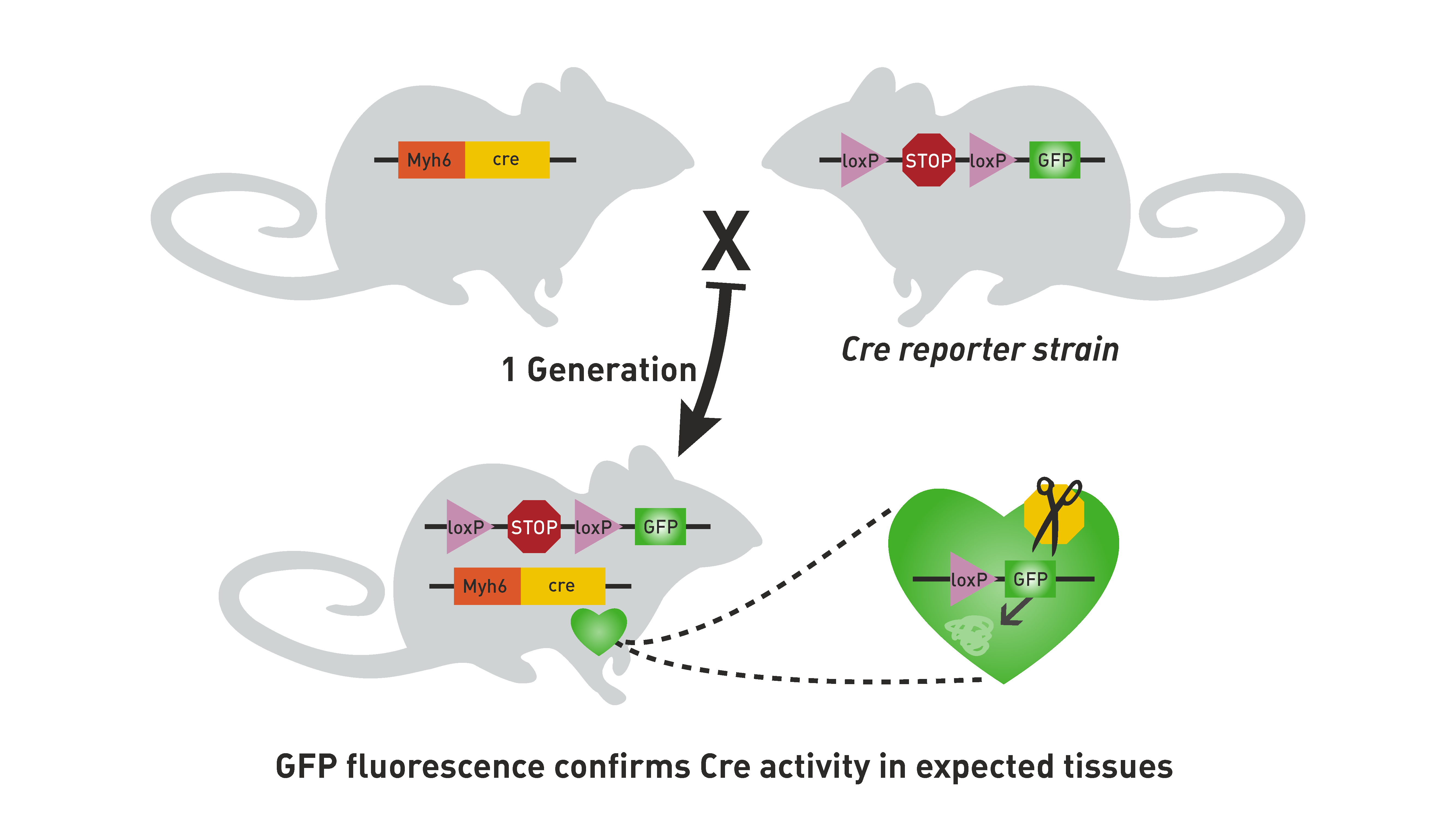
- Jackson Laboratory
- GENSAT
GENSAT
GENSAT

What do neuroscientists want to do?
Goal:
Observe structure and/or function in identified cells in the brain
Problems:
- Brain tissue is opaque and light scattering
- ✅ We need a way to mark specific cells
Not all wavelengths
can pass freely
What is the color of the light that passes through?
Two photons are better than one
In standard fluorescent (epifluorescence) and confocal microscopy, one photon excites the fluorophore
In two-photon microscopy, the fluorophore absorbs two photons simultaneously. With two photons - we can use half of the energy!
Half of the energy = twice the wavelength (ends up being infrared light)
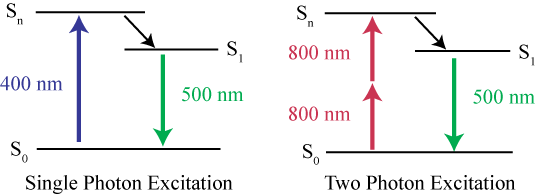
Two photons are better than one
- 📏 Because two-photon microscopy uses longer wavelength light, it can image deeper in the brain
- 💸 Downside of two-photon imaging: it’s more expensive and requires specialized lasers & equipment
Two photons are better than one

What do neuroscientists want to do?
Goal:
Observe structure and/or function in identified cells in the brain
Problems:
- ✅ Brain tissue is opaque and light scattering
- ✅ We need a way to mark specific cells
Genetically encoded calcium indicators

- genetically encoded calcium indicator (GECI)
- 🟢 green fluorescent protein (GFP)
- 🔵 calmodulin (CaM), a calcium-binding messenger protein
- 🟠 M13, a peptide sequence from myosin light-chain kinase.
Nakai, Ohkura, Imoto (2001) Nature Biotechnology
Calcium levels and membrane potential

Calcium indicators can be dyes or fluorescent proteins
Different ways to deliver or expressed.
A-C different types of bulk loading (including with an electrical current in B)
D Genetically-encoded & targeted (via viruses)
E In combination with other fluorescent dyes

Calcium waves and spikes

In vivo calcium imaging

In vivo calcium imaging

Direction sensitivity in vision cortex
Sur lab
Direction sensitivity in vision cortex

Direction sensitivity in vision cortex
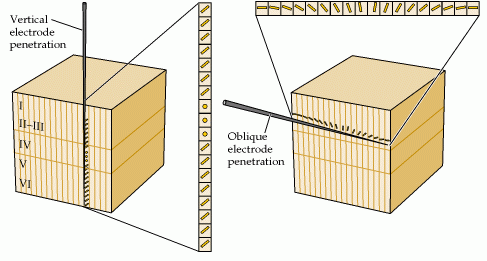
Mountcastle (1957) J. Neurophysiol.

Wednesday 16 Nov. A8:215a, BMC, 13:15 - 14:00